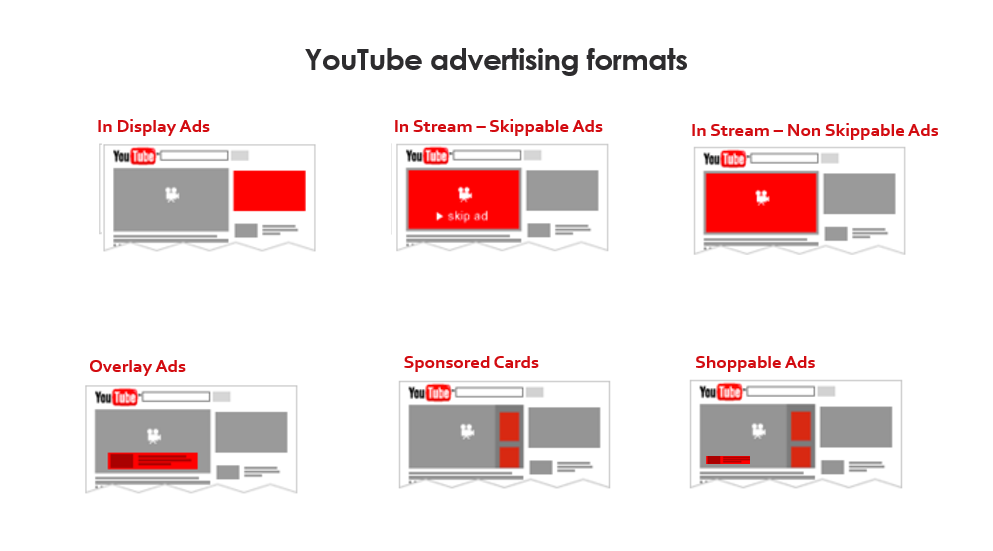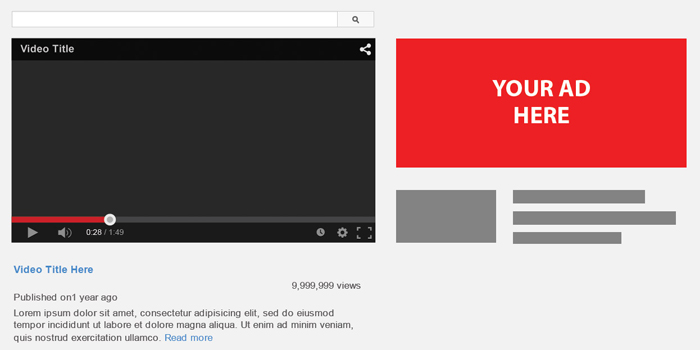Google owns YouTube. Therefore you advertise on YouTube using the
Google AdWords network. As with any other type of Google AdWords
campaign, the price of YouTube ads involves you bidding for ad
placement. Therefore it is impossible to say how much YouTube ads cost
definitively.
This post focuses on YouTube from an advertiser’s point of view.
This post focuses on YouTube from an advertiser’s point of view.
- YouTube ads have an average cost-per-view of $0.10 – $0.30, and the views that you generate will count towards your overall YouTube viewer count.
- The average cost of reaching 100,000 viewers is around $20.000.
YouTube has a huge following – indeed it enjoys more than 1.5 million logged-in monthly users.
They watch YouTube on mobile devices for more than one hour a day on
average. With the current popularity of Smart T.V.s, there has also been
a rapid rise in watching YouTube on television sets.
It is also hard to ignore the fact that the YouTube search engine is second only to Google when it comes to search use.
With the power of Google AdWords behind it, it should be no surprise that YouTube is now a favorite medium for advertisers worldwide.
The only difficulty from a budgeting perspective is that there is no explicit price rate for YouTube ads cost. However, this is not any different from many other types of online advertising. The general rule online seems to be that you bid for advertising space and the highest bidder is typically accepted.
It is also hard to ignore the fact that the YouTube search engine is second only to Google when it comes to search use.
With the power of Google AdWords behind it, it should be no surprise that YouTube is now a favorite medium for advertisers worldwide.
The only difficulty from a budgeting perspective is that there is no explicit price rate for YouTube ads cost. However, this is not any different from many other types of online advertising. The general rule online seems to be that you bid for advertising space and the highest bidder is typically accepted.


